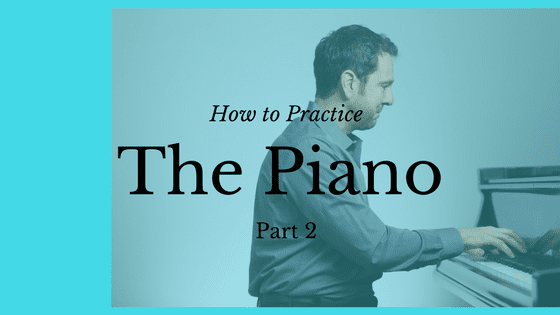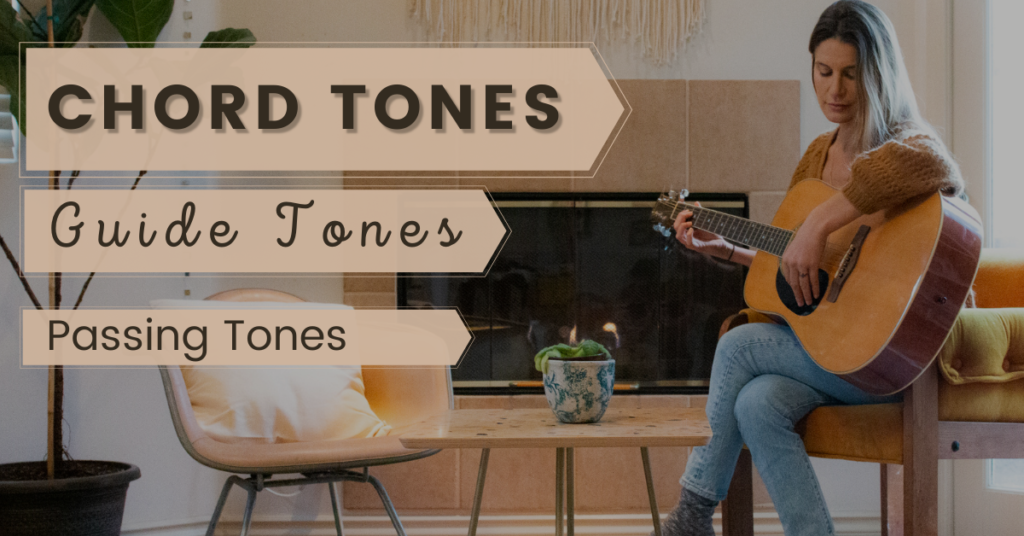Triad-Exercises

In this article, I’m going to share with you a few ways to practice your triads that will add some ‘spice’ to your playing. I’ll be covering these techniques in a future video lesson. This article is a great preparation for you to work on before that lesson is released.
What is a triad? Well, a technical definition is a triad is a 3-note chord (a chord consisting of three notes). You can basically play any three notes and it creates a triad. Practically speaking, we normally think of triads like major, minor, diminished, augmented and suspended.
A Major triad is formed by playing the 1st, 3rd and 5th notes of any major scale. If you need help with scales, check out these lessons: Jazz Piano Improvisation Volume 1 or Hanon Mastery.
Triad Exercise #1
The first exercise is playing a triad in octaves. The fingering listed here will work on all 12 major triads. It might feel ‘weird’ on triads starting on a black key, but it does work. Please remember to go slow and be patient. If you practice these triads slowly, in about 2-3 weeks you will see solid improvement and increased dexterity. See the “Practice Session” below for more tips on how to practice these exercises.
Below is the C Major triad played in octaves (arpeggiated). All of the examples in this article will be in the key of C to make it easier to visualize.

Triad Exercise #2
In this exercise we keep the left-hand playing the C Major triad arpeggio as we did in exercise #1. However, the right-hand now starts on G. Notice, we are still playing the C Major triad…we’re just shifting it and starting on a different note.
What is so neat about this exercise is that it creates a very cool sound because each step in the arpeggio creates a perfect-5th or major- or minor-6th interval. This makes a rich harmony that is perfect for improvisational lines, which I will cover in our future lesson.

Triad Exercise #3
This exercise is a challenge to your ears and to what you might define as dissonance. I have found myself practicing concepts like this often over the years to help ‘stretch’ my ears to hear more dissonant sounds. The chord is written as C, but look closely and you’ll see that we are actually playing a D Major triad in the right-hand along with a C Major triad in the left-hand. I used the C chord symbol because I am still thinking of the root chord as C.
You can put any triad over the ‘top’ of another. For instance, try playing the C Major triad arpeggio (as written here) along with and Eb Major triad, or G minor triad and so on. These exercises will create some very unique harmonic tones which can really kick-start your improvisation.

A “Real-World” Example
Exercises are only good if you can find some practical application for them. Otherwise, they are only exercises. Below is an example of how we can use a D Major triad arpeggio over a C Maj7 chord to create a cool sounding lick. The D Maj triad adds the 9th, #11 and 6th to the chord which produces pleasant sounding tension.

Practice Session
Here is a suggestion practice plan:
- Practice your triad in octave exercise using only 2 chords per day. Don’t try to do all 12 in a day. Day 1 do C and D, day 2 do E and F, etc. Make sure that you do not keep going back to the same triads. In other words, after practicing C and D, the next day do not start with C again. You can combine 3,4 or 5 triads in a day if you feel that you can handle the workload.
- Once comfortable with #1, try adding the “interval shift.” So, play one triad in the left-hand while playing a different triad in the right-hand a X apart. X could be a 5th, a 3rd or whatever. Different intervals will challenge your ears and your hands differently.
- 15-20 minutes of this practice will reap rewards. You do not need to practice these concepts for hours on end. Start small then build up.
- Pay attention to fingering and go slow.
Suggested Lessons
If you like this kind of practice, I would suggest taking a look at the following lessons:







Once again, these are great lessons, and thanks again for your time and effort in putting these exercises together. Keep up the great work that you’re doing!
Gary
Good Lesson as always Willie. Thank you for that. I notice when you do the D triad that you’re using the thumb on a black key. Is this just for this exercise ? I thought one was to avoid thumbs on the black keys
Hello Willie,
I love these exercises, they are very effective!
Thanks for sharing this lesson. I really appreciate it!
All the best!